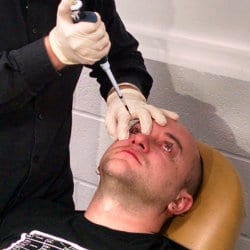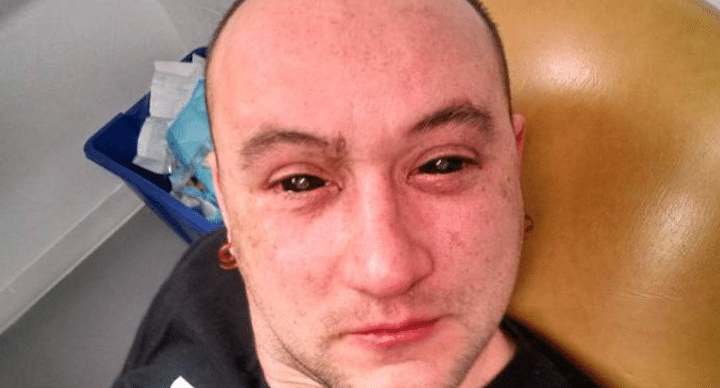That impelling was sufficiently solid for “processor” Gabriel Licina of the biohacking site Science for the Masses to experience a methodology in which a chlorophyll-like substance called Chlorin e6 (Ce6) was squirted onto his eyeballs. Processors are individuals willing to modify their bodies through different means with an end goal to enhance how they work. That doesn’t promise its safe, yet it is surely fascinating.
Here’s the way the method went by paper Licina and his Science for the Masses prime supporter Jeffrey Tibbetts posted on their site: “For the application, the subject rested recumbent and his eyes were flushed with saline to uproot any micro-trash or contaminants that may be present. Eyes were stuck open with a little speculum to uproot the potential for flickering, which may drive overabundance fluid out before it had an opportunity to retain. Ce6 arrangement was added to the conjunctival sac by means of micropippette at 3 dosages of 50μl into every eye. After every application, weight was connected to the canthus to prevent fluid from moving from the eye to the nasal district. Every measurements was permitted to retain between reloading the pippette, with the dark shading vanishing after just a couple of seconds.” For the individuals who don’t recollect their biochem knowledge: a micropipette is a superfine eyedropper; the canthus is the spot where the upper and lower eyelids meet in every corner of the eye; and μl is a microleter, or 1/1,000,000 of a liter. The objective was to check whether the utilization of Ce6 would allow Licina to have spectacular night vision. The group speculated that it would, to some extent in light of a patent that was recorded to utilize the substance to treat patients with night visual impairment and enhance night vision. So how could it have been able to it work out for Licina? In the wake of holding up 2 hours, he was asked to recognize the markings on a scope of things with diverse numbers, letters and shapes on them in an obscured territory from a separation of 10 meters (around 32 feet). He was additionally taken outside (apparently during the evening) and asked to utilize a laser pointer to distinguish individuals stowing away in a forest of trees.
As per the specialists, Licina had the capacity see images not noticeable to a control analyzer. He was additionally ready to choose all the individuals in the forested areas – from a separation of 25-50 meters (around 82-164 feet) – while the individuals who hadn’t had their eyes treated just detected 33% of them. The following day, they said, Licina’s vision came back to ordinary, and 20 days after the test there “have been no detectable impacts.” Licina and Tibbetts concur that their work was subjective and that additionally testing will need to be carried out, however they say that this venture has experimental worth.

